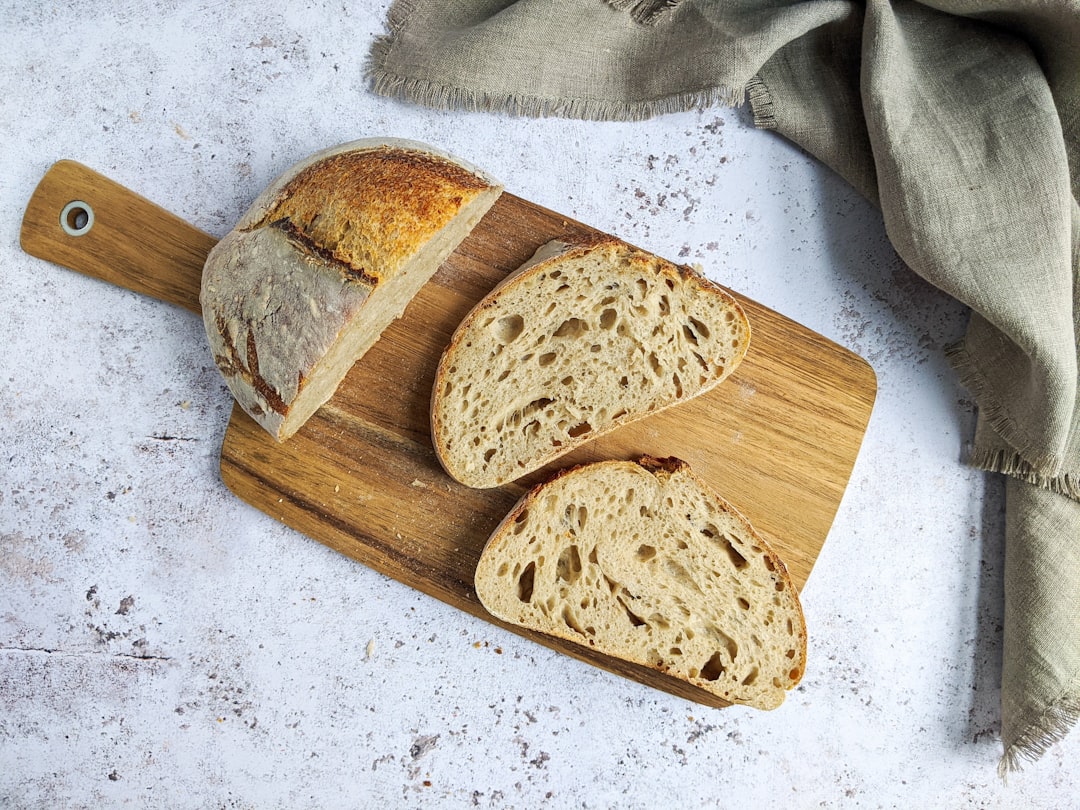What is it about?
Caregivers struggle with helping young children learn to try and accept unfamiliar and often healthy foods. Often they use pressuring and coercive tactics to try to engage children to overcome their reluctance. One less studied aspect of children's resistance to trying new foods is related to their sensory sensitivity. Could it be that children who are rated as most reluctant to try new foods are those that have higher levels of sensory sensitivity?
Featured Image
Why is it important?
Our findings report a relation between parent reports of child neophobia and children's sensory sensitivity. Further, these child attributes are related to certain aspects of children's dietary intake, like vegetable intake and sugar sweetened beverage intake. In engaging children to consume less preferred or new foods, it could be important for caregivers to reduce the pressure to eat these foods and increase sensory exploration of them. This may improve children's response to less familiar foods and could help to overcome initial sensory responses to these new foods.
Perspectives
Heightened sensory sensitivity does not have to be viewed as an additional barrier to helping children try and accept a variety of foods. Rather, it may help us identify additional strategies for parents and caregivers to help children engage with food and eating in interesting, creative and healthful ways.
Dr Susan L Johnson
University of Colorado Anschutz Medical Campus
Read the Original
This page is a summary of: Young Children's Food Neophobia Characteristics and Sensory Behaviors Are Related to Their Food Intake1,2, Journal of Nutrition, September 2015, Oxford University Press (OUP),
DOI: 10.3945/jn.115.217299.
You can read the full text:
Contributors
The following have contributed to this page










